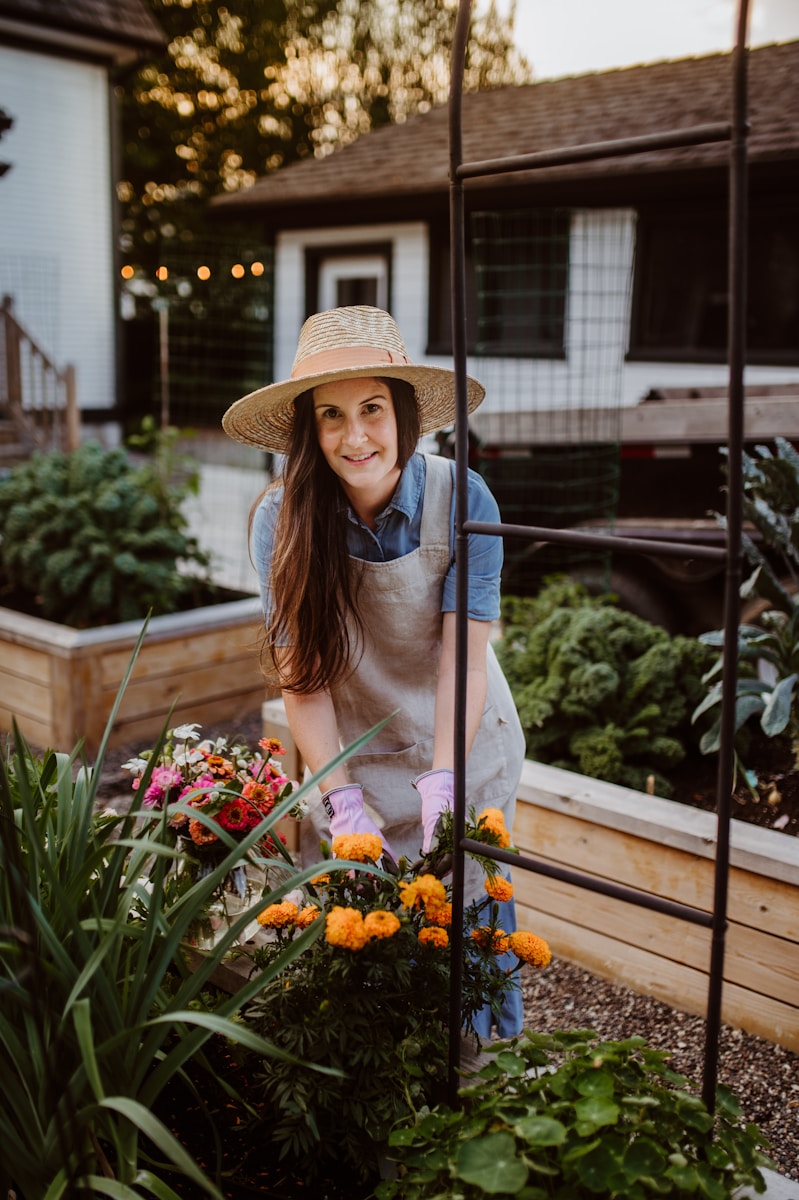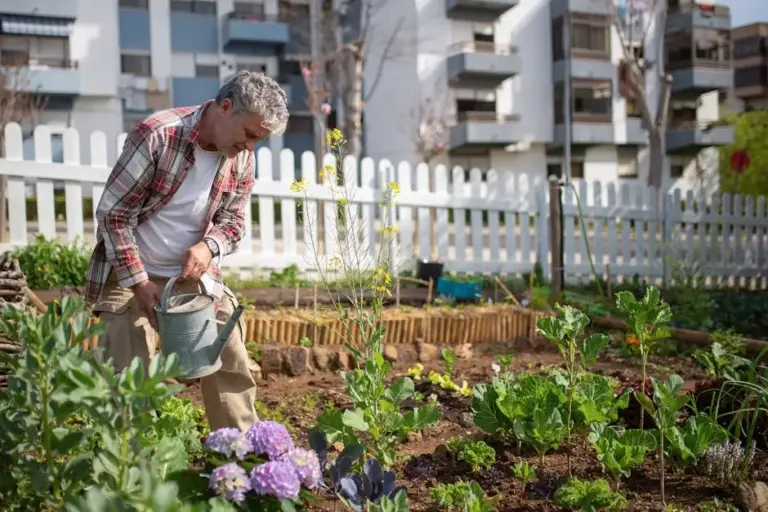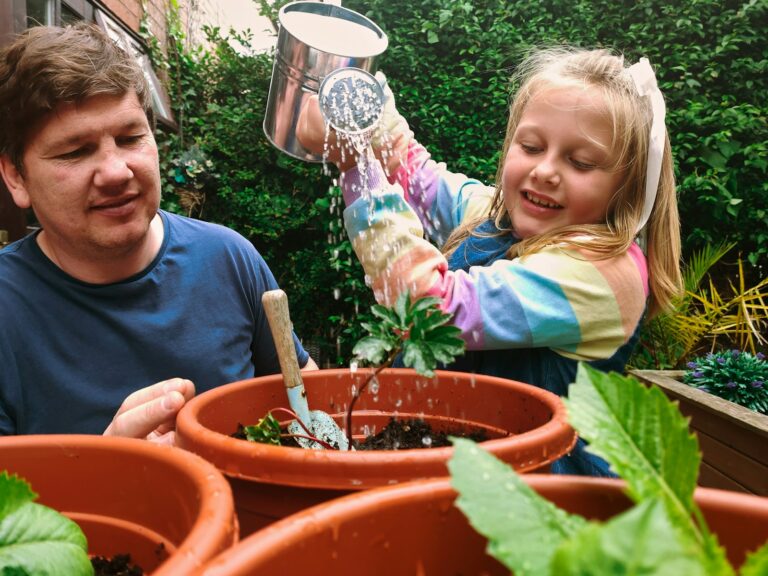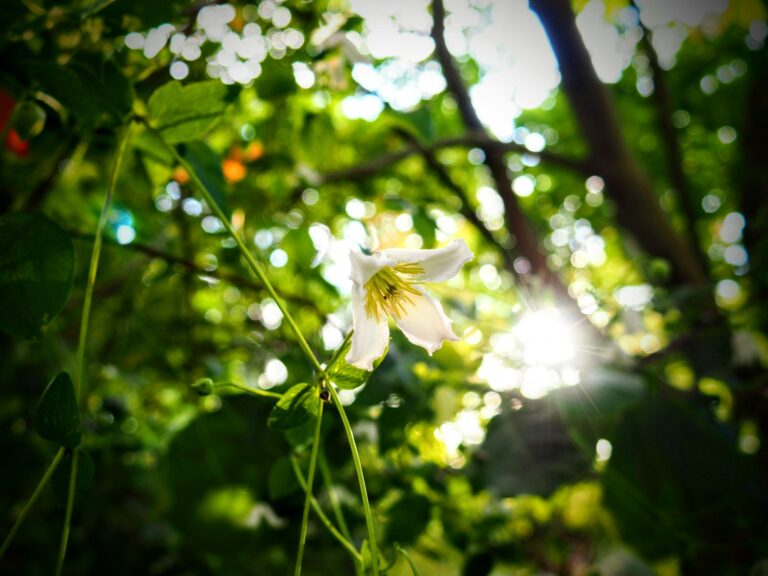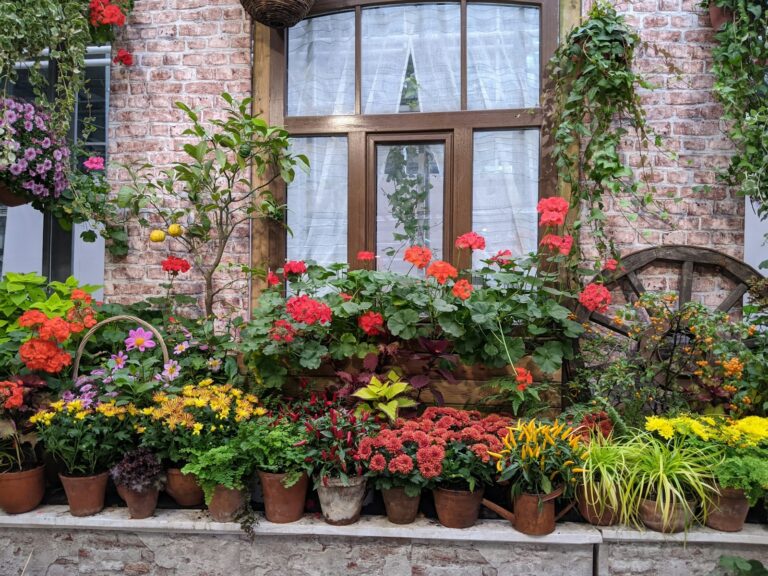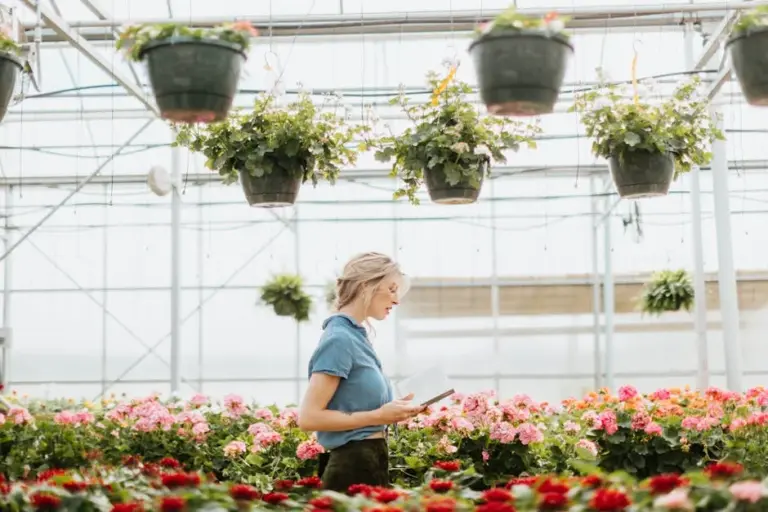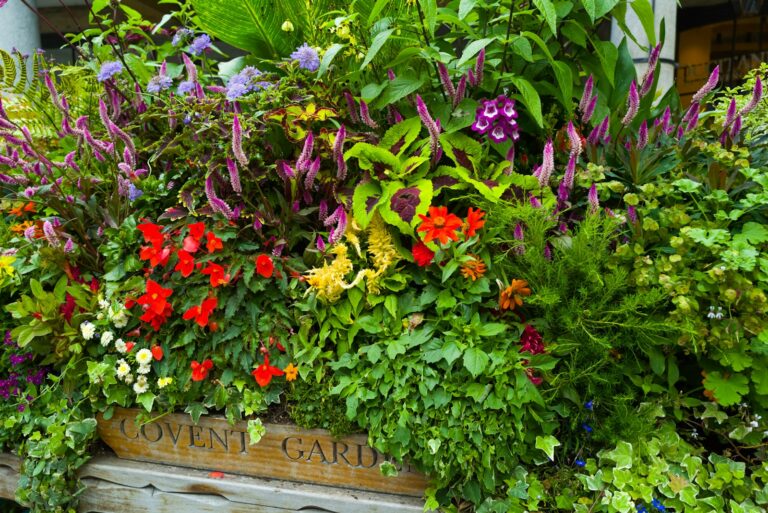How to Plan a Garden When You Have No Idea Where to Start: Easy Steps to Grow Your Dream Oasis
Ever looked at your yard and wished you could turn it into a lush, green retreat? Maybe you’re not sure how to start or what would even grow in your space. The process can seem overwhelming, but with a few simple steps, you’ll be on your way to creating a garden you’ll love.
The secret to getting started is understanding your space and deciding what you want to grow. Once you get a feel for your garden’s environment, making choices gets a lot simpler. This guide will walk you through each step so you can dig in with confidence.
Assess Your Garden Space: Observe sun, shade, and soil type.
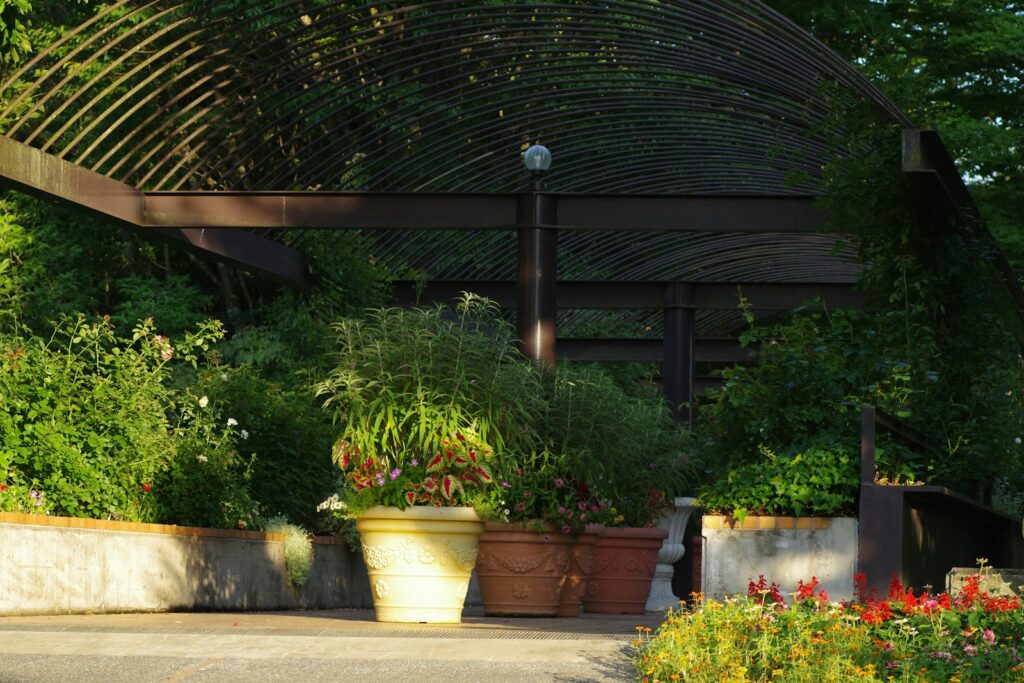
Take a little time to watch how sunlight moves across your yard. Check in the morning, midday, and afternoon.
Notice which areas get a lot of sun, which are shady, and where shadows fall. This helps you choose the right spots for your plants.
Next, get your hands in the soil. Is it sandy, clay, or loamy? Try digging a small hole and feeling the texture.
If your soil seems dry or heavy, add compost or mulch to improve it. Good soil makes a huge difference for healthy plants.
Set Realistic Goals: Decide if you want flowers, veggies, or herbs
Think about what you’d love to see or harvest from your garden. Do you want bright flowers, fresh veggies, or a handful of herbs for your meals?
Choosing one or two main goals keeps things manageable. If you’re drawn to vegetables, pick a few that are known to do well in your area.
If flowers make you happy, look for varieties that bloom in your local climate and season. It’s totally fine to start with just a couple of pots or a small bed.
Having clear goals makes it easier to enjoy your garden and learn as you go.
Create a Simple Sketch: Map out your garden layout on paper
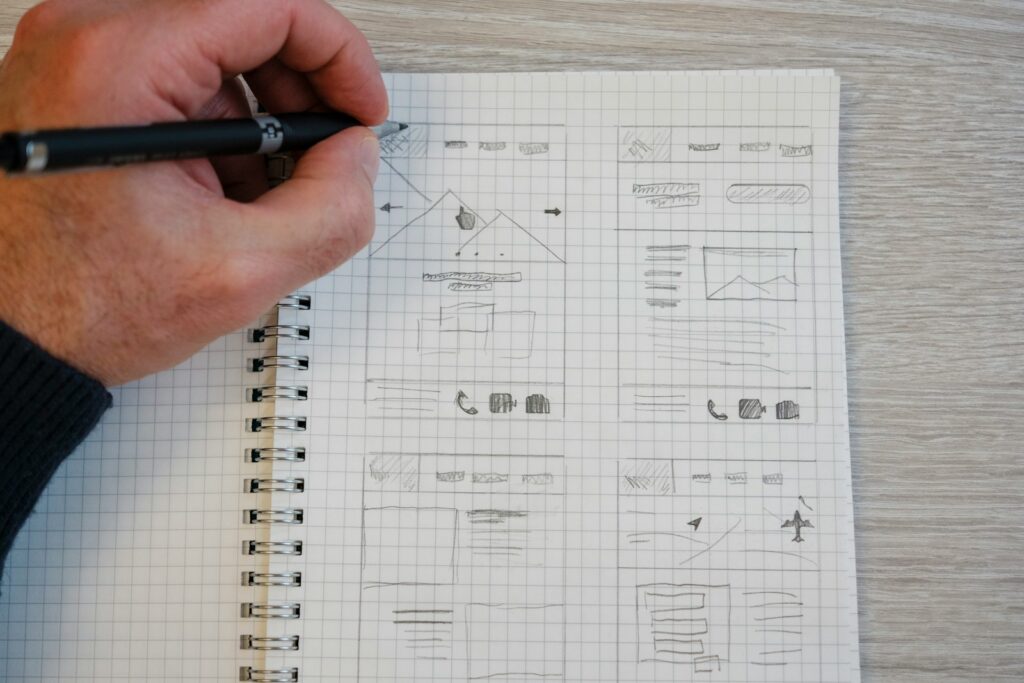
Grab a tape measure and jot down the length and width of your garden space. Sketch a rough outline on a piece of paper.
Mark any paths, trees, or fences so you know where everything is. Think about which areas get the most sun.
Use simple symbols or colors to show where different plants or garden beds will go. Group together plants that need similar care.
A basic sketch helps you picture your garden before you start planting. Keep it handy as you plan and plant.
Choose Easy-to-Grow Plants: Start with tomatoes, basil, and marigolds
If you’re new to gardening, start with plants that don’t need a lot of fuss. Tomatoes, basil, and marigolds are great choices.
Tomatoes grow well in many places and pair nicely with basil, which can help keep pests away. Marigolds add color and also help protect your plants from bugs.
These three need similar care, like lots of sun and regular watering. Starting with easy plants helps you build confidence and enjoy your garden from the start.
Use Raised Beds or Containers: Great for Beginners and Soil Control
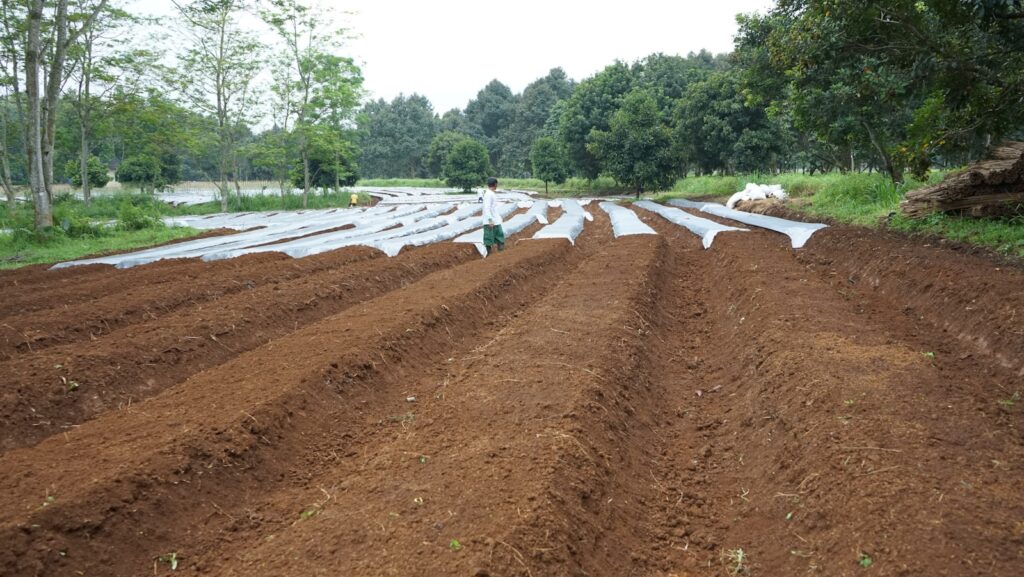
Raised beds and containers are a game changer for beginners. They let you control the soil and keep your plants organized.
Raised beds drain well and are easy to build. Containers can go just about anywhere there’s sunlight.
Both options are perfect if you have limited space. Make sure containers have drainage holes and that raised beds are level.
Fill them with good-quality soil to give your plants a strong start. Experimenting with different mixes can be fun and rewarding.
Plan for Water Access: Position plants near a hose or install drip irrigation.
Think about how you’ll water your garden before you plant. Keeping your plants close to a hose makes watering quick and easy.
Drip irrigation is another option if you want to save time. It delivers water right to the roots and uses water efficiently.
You can lay drip lines along garden rows or in raised beds. This way, every plant gets what it needs without extra effort.
Deciding on your water source early will save you time and hassle later.
Start Small: Focus on a few plants to build confidence quickly
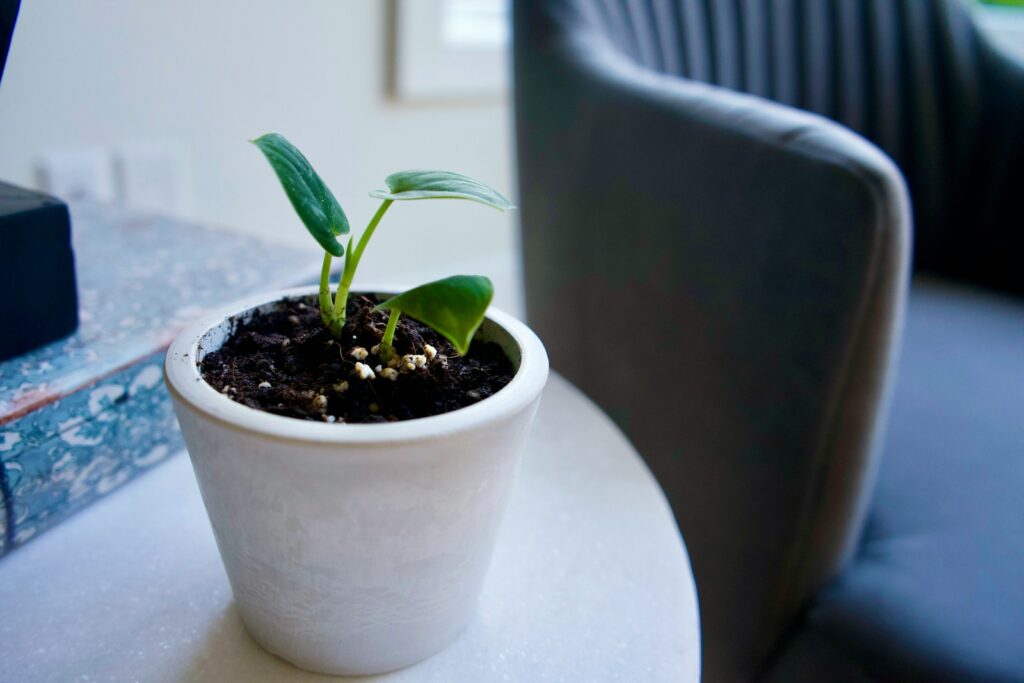
Starting small helps you avoid feeling overwhelmed. Pick just a few plants you like and keep your space manageable.
Choose plants that grow quickly and don’t need a lot of care, like tomatoes, lettuce, or marigolds. You’ll see results sooner and stay motivated.
A few pots or a small raised bed are perfect when you’re learning. This way, you can focus on the basics and enjoy every little success.
Prepare Your Soil: Add compost to enrich and loosen the earth.
Healthy soil is the foundation of a thriving garden. Adding compost is an easy way to give your soil a boost.
Spread a layer of compost over your garden bed and mix it into the top few inches. This improves texture and helps roots grow.
Compost also helps the soil hold water and adds important nutrients. You only need to do this at the start of the season and maybe once more if needed.
Schedule Planting Times: Know when to sow seeds or transplant outdoors
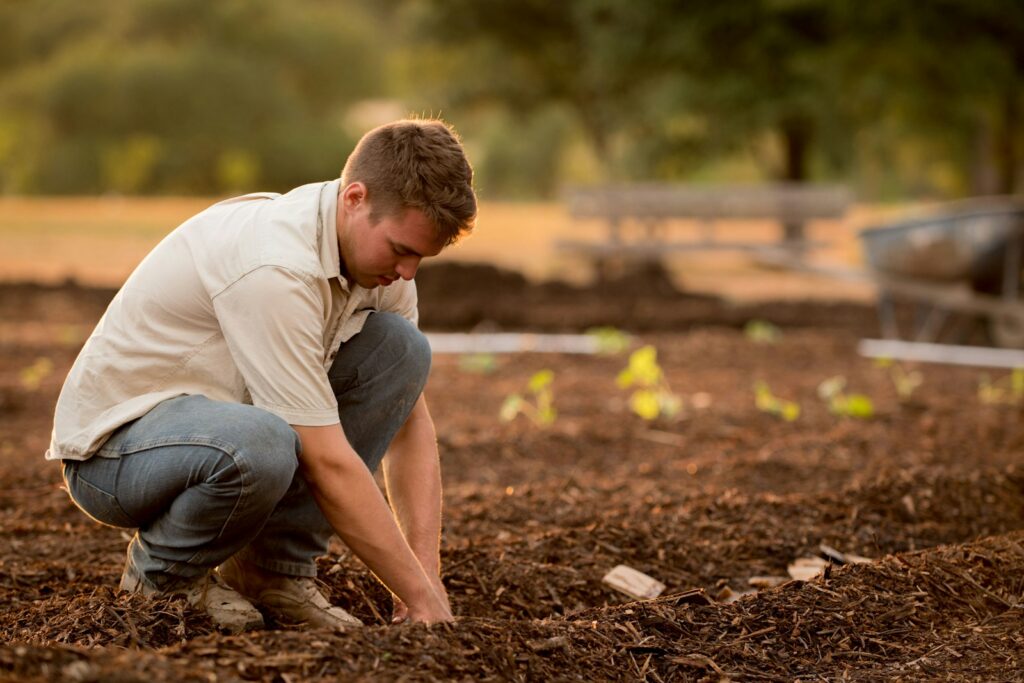
Timing is everything when it comes to planting. Find out your local frost dates so you know when it’s safe to put plants outside.
Some seeds do best when started indoors a few weeks before the last frost. Others can go straight into the ground after the danger of frost has passed.
Following a planting schedule gives your garden the best shot at success. You’ll enjoy seeing your plants grow at just the right time.
Keep a Garden Journal: Track growth, weather, and what works
A simple garden journal can make a big difference. Jot down when you plant seeds, what the weather is like, and how your plants are doing.
You’ll start to notice patterns, like when pests appear or which spots get the most sun. Over time, your notes will help you make better choices.
Your journal doesn’t have to be fancy. Use a notebook or a note-taking app on your phone.
Looking back at your notes will help you learn and improve every season.
Understanding Your Space
Before you plant, spend some time getting familiar with your garden spot. Notice how much sun it gets and what kind of soil you’re working with.
These details help you choose the right plants and figure out how to care for them.
Assessing Sunlight and Shade
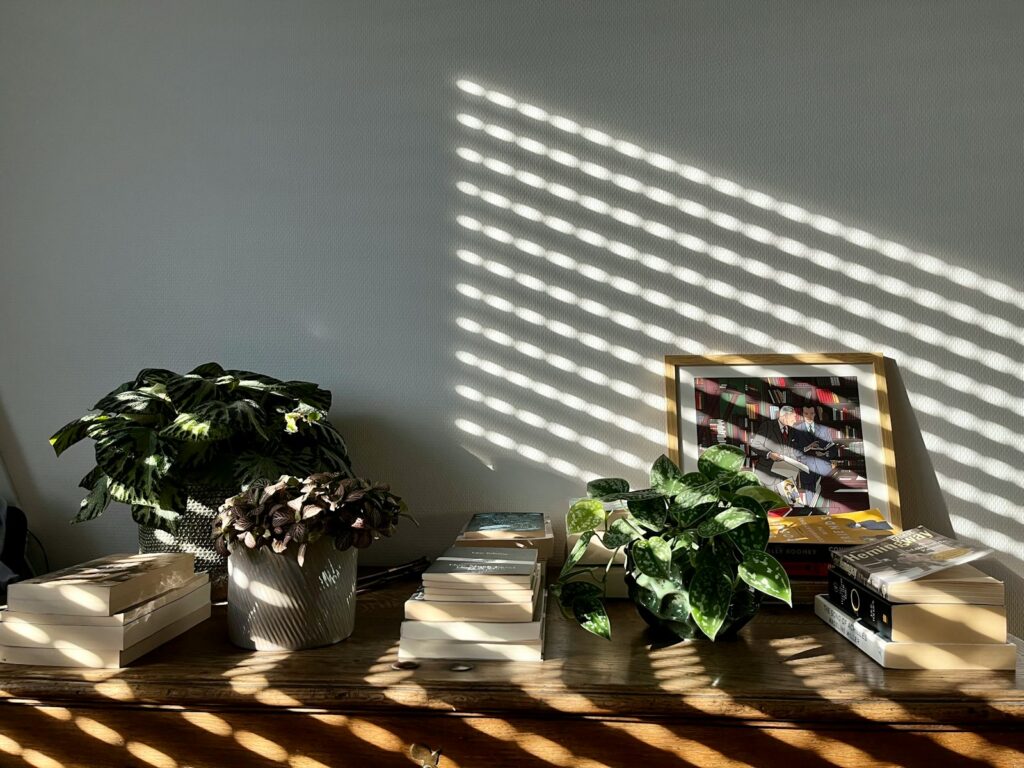
Check your garden at different times during the day. See where the sun hits and for how long.
Most vegetables and flowers need at least six hours of sunlight. Mark areas that get full sun, partial shade, or full shade.
Pay attention to shadows from trees or buildings, since they can change with the seasons.
Soil Preparation Basics
Dig a small hole and feel the soil. Is it sandy, clay-like, or somewhere in between?
Test how quickly water drains by filling a hole and watching how fast it disappears. If it drains slowly, you might need to improve your soil.
Add compost or other organic matter to boost nutrients and help the soil hold moisture. You can also check the pH if you want to get specific about your plant choices.
Building Confidence as a Beginner
Starting a garden can feel intimidating, but you don’t have to figure it out alone. Take small steps and set simple goals to keep things fun.
Learning From Local Resources

Your local community is full of helpful gardening advice. Visit garden centers, join gardening clubs, or check out workshops for tips that fit your area.
Libraries often have books or free classes, and you can find online groups focused on your region. Learning from other gardeners makes the process easier and more enjoyable.
Setting Realistic Garden Goals
When you first think about starting a garden, it can feel overwhelming. Try choosing a small area to begin with, or select a couple of simple plants like herbs or lettuce.
By focusing on a manageable space, you give yourself the chance to see results sooner. It’s easier to stick with it when you notice progress.
Divide your garden tasks into easy steps. For example, start with preparing the soil, then move on to planting seeds, and remember to water regularly.
Noticing each small achievement can boost your confidence. These little wins help you stay excited about your garden as it grows.

